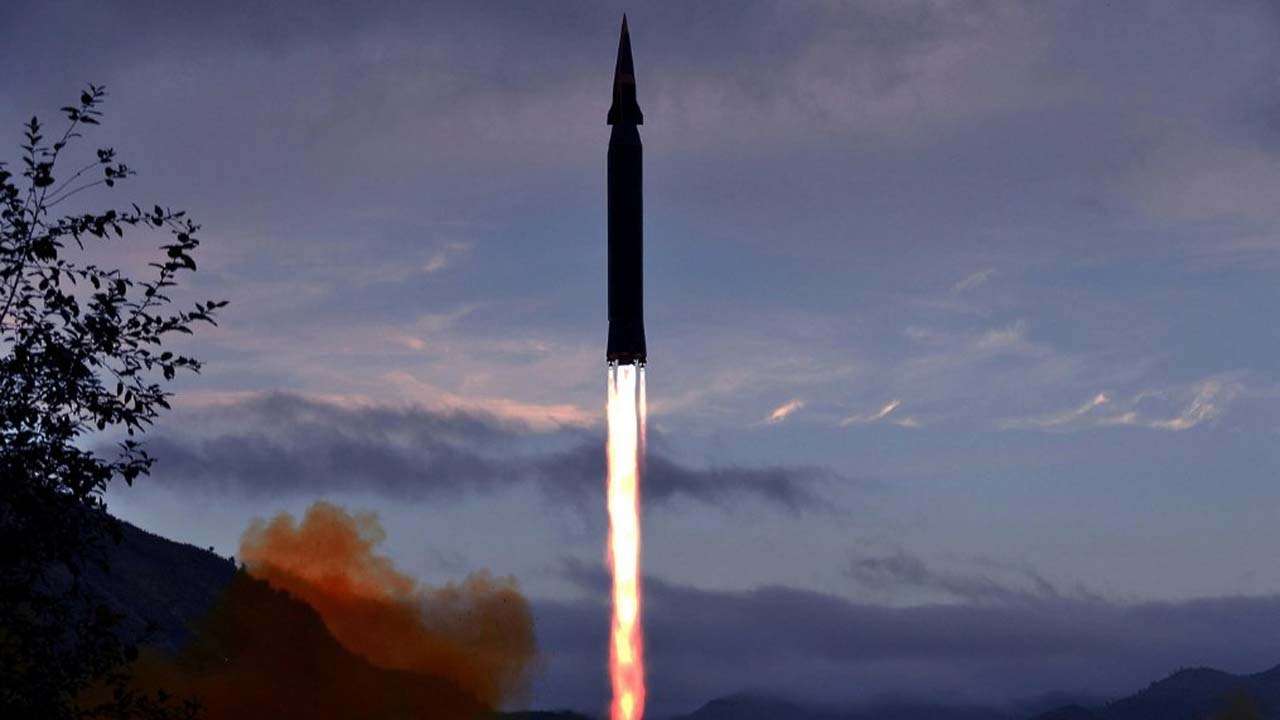
That's the 3-million-year-old skeleton of one of our early ancestors discovered in the 1970s.

In fact, the spacecraft is named after the Lucy fossil. LEVISON: So these things really are the fossils of what planets formed from, right? We understand planets formed as these things hit each other and grew and competed, and these are the leftovers of that.īYRNE: Those leftovers will help us understand how our early solar system evolved, even our own planet. Levinson (ph) says they're different colors, which could offer clues about where these asteroids came from. It's only about the size of a small car but has these massive circular solar arrays that make it look like a mouse.ĭONYA DOUGLAS-BRADSHAW: You deploy those amazing solar arrays, cutting-edge solar array, and on end, the spacecraft spans about four stories.īYRNE: Lucy's 12-year journey will take it to eight asteroids. The $981 million spacecraft came together in about 14 months, says NASA's Donya Douglas-Bradshaw. It's doing an intricate orbital dance and is going farther into the solar system than any other solar-powered spacecraft. Levinson (ph) is leading the Lucy mission, sending a spacecraft to the Trojan asteroids. So if you put an object there early in the solar system history, it's been stable forever.īYRNE: They've been stuck there like a collection of cosmic fossils. HAL LEVISON: They're held there by the gravitational effect of Jupiter and the Sun. But NASA's Hal Levinson (ph) said some have clustered into areas near Jupiter. But a tiny bit of that cosmic stuff is still out there in asteroids and meteors and comets. Most of that material became what is now our sun. Some 4.5 billion years ago, a dense cloud of gas and dust collapsed, spewing material all around. From member station WMFE in Orlando, Brendan Byrne explains.īRENDAN BYRNE, BYLINE: The birth of our solar system was messy. It's on the hunt for cosmic fossils that might hold the key to how our solar system was formed. It will travel billions of miles into our solar system. He said Washington would remain focused on the military challenge from Beijing.A spacecraft called Lucy is set to launch tomorrow from Cape Canaveral on a 12-year journey. "We watch closely China's development of armament and advanced capabilities and systems that will only increase tensions in the region," Austin told reporters during a visit to the former Soviet republic of Georgia. Defense Secretary Lloyd Austin said separately that Washington was closely watching China's development of advanced weapons systems though he declined to comment directly on the Financial Times' report. envoy to the U.N.-sponsored Conference on Disarmament in Geneva, voiced hope that the new technology could be addressed or "captured" in some kind of internationally agreed principle or legal mechanism in the future. Russia and China did not immediately respond to his comments. "But this type of technology is worrisome because we just haven't had to face it before," he added. They have, in essence, it's captured in the New START agreement (on nuclear arms reduction), it's not quite developed yet." "The Russians have a hypersonic glide vehicle called the Avangard, one of their heavy ICBMs," Wood said.

Wood was referring to the difficulty of missile defense systems to track such high-speed weapons that can maneuver and evade shields intended to stop them from entering a territory. "But we have seen China and Russia pursuing very actively the use, the militarization of this technology so we are just having to respond in kind.We just don't know how we can defend against that technology, neither does China, neither does Russia." "Hypersonic technology is something that we have been concerned about, the potential military applications of it and we have held back from pursuing, we had held back from pursuing military applications for this technology," he told a small group of reporters in Geneva. disarmament ambassador Robert Wood said that Washington had concerns about their possible use. The United States and Russia have both tested hypersonic weapons but U.S. It said it had carried out a routine test in July, but added: "It was not a missile, it was a space vehicle." The Chinese foreign ministry denied the report. The Financial Times, quoting five people familiar with the matter, said at the weekend that China had tested a weapon in August that flew through space and circled the globe before cruising down toward a target which it missed. Hypersonic weapons are usually defined as missiles that fly more than five times the speed of sound, and a race is underway for the next generation of long-range weapons that are harder to detect and intercept. arms control official said on Monday, after a media report that Beijing had tested a nuclear-capable hypersonic glide weapon. GENEVA - Washington is concerned about hypersonic missile technology and its potential military applications by China and Russia, a U.S.


 0 kommentar(er)
0 kommentar(er)
